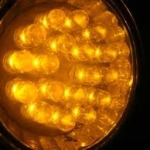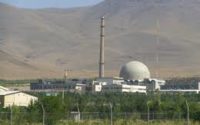Pumice stones: Formation,features and applications.
Pumice stone is a type of volcanic rock formed when due to volcanic explosion. The volcanic eruption leads to ejection of lot of materials ranging from tiny dust particles to large blocks of stones and rocks. There is an enormous rush of high pressure gas from the vent. Due to high levels of water and gases ejected out during eruption the substances come out in molten form.
The molten substance called magma flows out with dissolved gas under pressure. The rush of gas causes the formation of froth-like magma. This froth is what solidifies as it comes in contact with air and falls back to earth as pieces of pumice stones. Bigger eruptions can cover the landscape around the volcano with over 100 meters of pumice.
Pumice stones are amorphous aluminium silicate. Pumice is very lightweight. The pore spaces known as vesicles are actually gas bubbles trapped in the rock during rapid cooling of a gas rich frothy magma. Pumice stones that are denser with fewer vesicles of trapped air do not float. Only the lighter stones float on water till the water finally enters the stone and sinks it.
Pumice has wide variety of applications. It is a gentle abrasive widely used as polishing and cleansing applications. It is used to rub the heel gently in order to remove dead cells. Mixed with lime, a fine grained version of pumice called pozzolan is used as a main ingredient in making lightweight decorative construction materials. It is also used for stone washing the jeans textile to give it a worn out or faded appearance.









